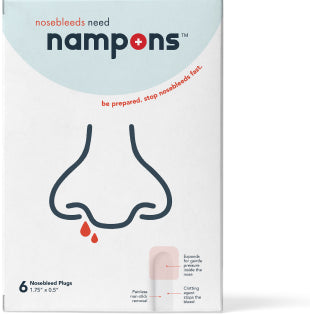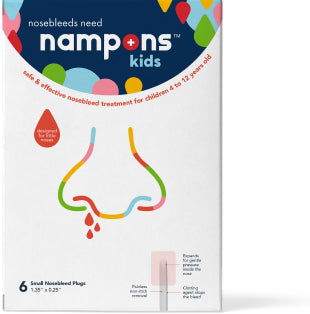Winter is the coldest season of the year and for many, it’s also the most miserable. In the Northern Hemisphere, it’s a season that covers Christmas, New Year, and Valentine’s Day, a time when we all get a little fatter, colder, and poorer.
It’s also the time when nosebleeds become more common. You can have a nosebleed at any time of the year, but for many individuals, they are much more common during the winter months.
Why is Winter the Season for Nosebleeds?
Nosebleeds are more common in cold and dry air. During the winter, you’re constantly moving from the cold air outside to the stale, heated air inside. It plays havoc with your sinuses and nasal passages, leaving them prone to cracking.
The temperature and humidity changes that make your skin dry and damaged have the same effect on your nasal passages. The difference is that they are much more fragile, and it doesn’t take much for them to weaken and crack. Once that happens, the smallest damage, whether from a sneeze or an errant fingernail, is enough to rupture the lining and cause a bleed.
Winter is also when cold and flu become more common, blocking the sinuses, making your nose stuffy, and increasing the rate of sneezing and nose-blowing, two major triggers.
What’s more, when all that mucus hardens, you’ll be tempted to pick it, and it just takes one errant poke to trigger a bleed.
Why Does my Kid Always Get Nosebleeds in the Summer?
Just because nosebleeds are more common in winter, doesn’t mean they will only occur during those colder months. The summer weather can cause just as many issues, as it’s hot and dry.
Take Phoenix, Arizona, as an example, as it’s one of the hottest and driest major cities in the United States. The humidity reaches a low of around 20% during May/June and peaks around 50% during the winter months. Based on that alone, summer should be the season for nosebleeds, and they can certainly occur during this time.
But it’s not just the humidity that causes problems during winter, it’s also the cold, and the fact that people spend more time indoors under artificial and dry heat. Also, as noted above, they are more prone to infections and the resulting strain that these place on the sinuses.
Still, if you spend a lot of time outdoors during the warmer months, and you’re prone to hay fever and other sinus issues, then summer could be just as problematic.
Protect Against Nosebleeds this Winter
Winter is a season we all look forward to with eager anticipation, thinking about the joys Christmas, New Year, and being with family. But when it finally arrives, we can’t wait for it to be over. It’s one that’s made all the more miserable if you suffer from chronic nosebleeds and spend those winter months with a nose that’s redder than Rudolph’s.
But you can make some simple preparations to help you endure during this difficult time. Purchase a humidifier, pick up some saline nasal spray, and make sure you stay hydrated at all times.
You should also grab a pack of Nampons. In the best case scenario, you won’t need them and can stay nosebleed-free this winter. But it helps to have a pack to hand just in case, as they’ll stop the bleeding quickly and easily.



